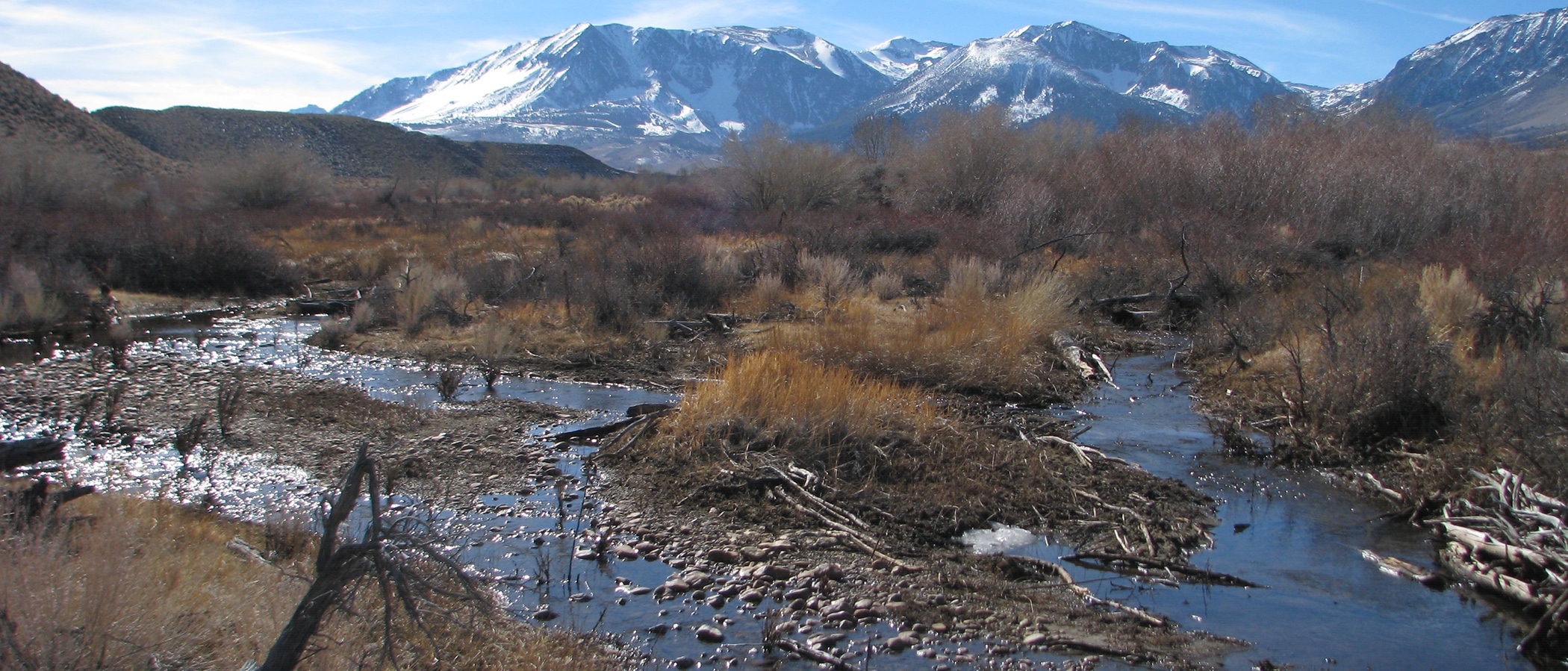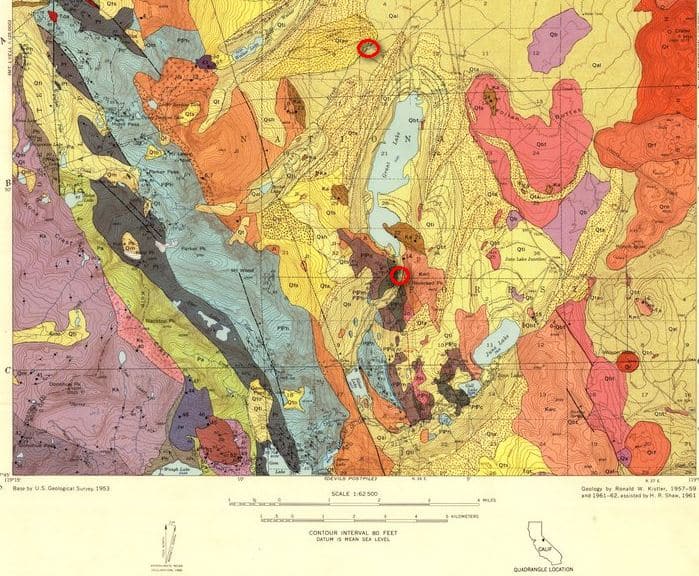
Rush Creek flows above Grant Lake Reservior have been in the single-digits since mid-December. When adjusted for changes in Southern California Edison reservoir storage upstream, unimpaired near-natural runoff can be calculated. These unimpaired flows averaged 5.7 cubic feet per second (cfs) in January 2020—the lowest that I can remember seeing for a monthly average.

For comparison, flows in Parker Creek—a much smaller creek than Rush Creek—averaged 5 cfs in January. Interestingly, Parker Creek has two glaciers in its watershed and Rush Creek has none, a difference that would tend to affect summer flows more than January flows.
If this dry February continues as predicted, it would make precipitation (as measured at Cain Ranch) since October the third-lowest on record (after 1991 and 1977). With zero precipitation in August, September, and October, and assuming zero precipitation this month, August 2019 through February 2020 precipitation would be the second-lowest after 1991. And 1991 had a “Miracle March,” which saved it from being the driest year on record.
Rush Creek unimpaired flows in 1991 were 7.5 cfs in January and 7.7 cfs in February—higher than the current impaired flows of 6 cfs, and not more than the current unimpaired flow of approximately 7–8 cfs. The observed flow in Rush Creek above Grant Lake Reservoir is among the lowest flows on record. And with a dry February continuing, if we don’t get a “Miracle March,” we may be in the midst of one of the six-or-so driest winters on record.
Top photo by Robbie Di Paolo.
